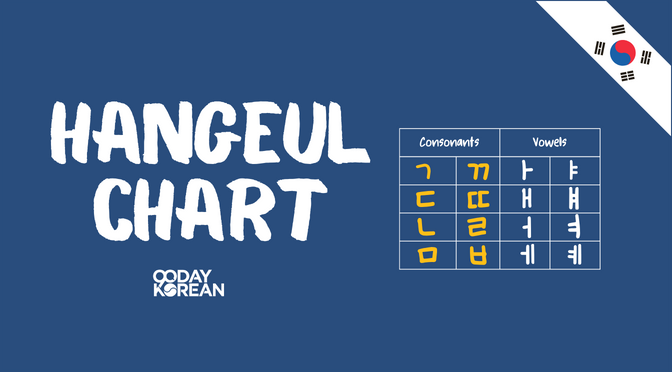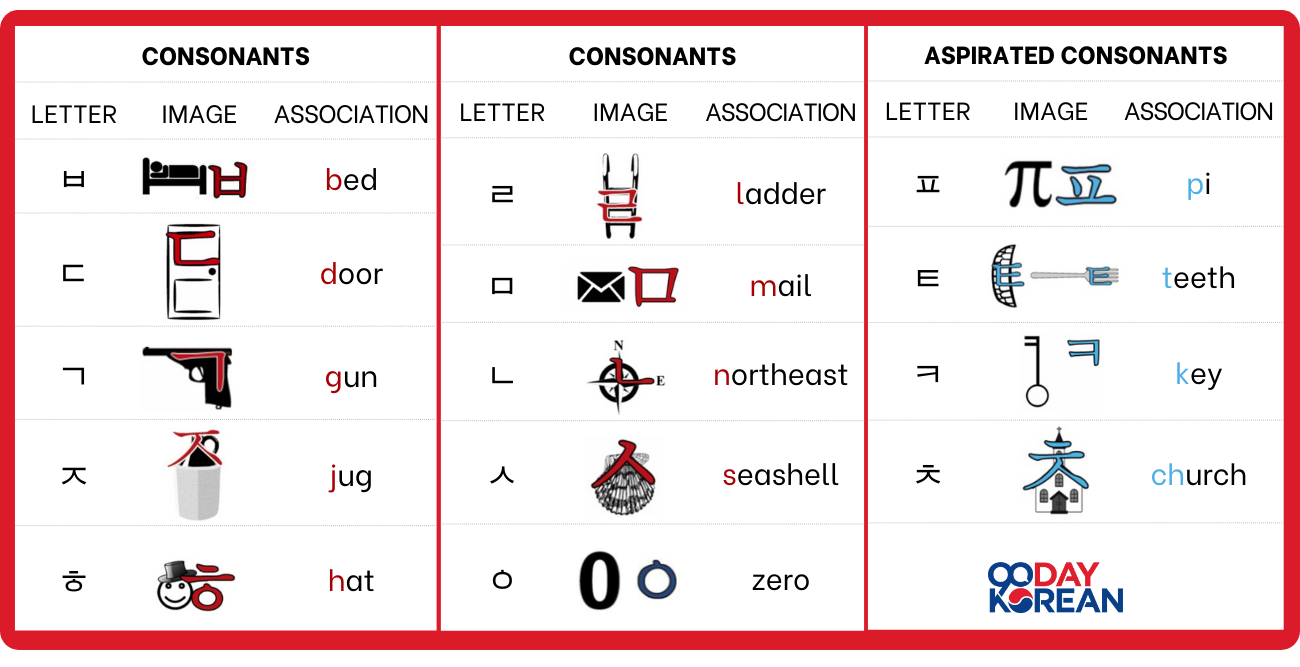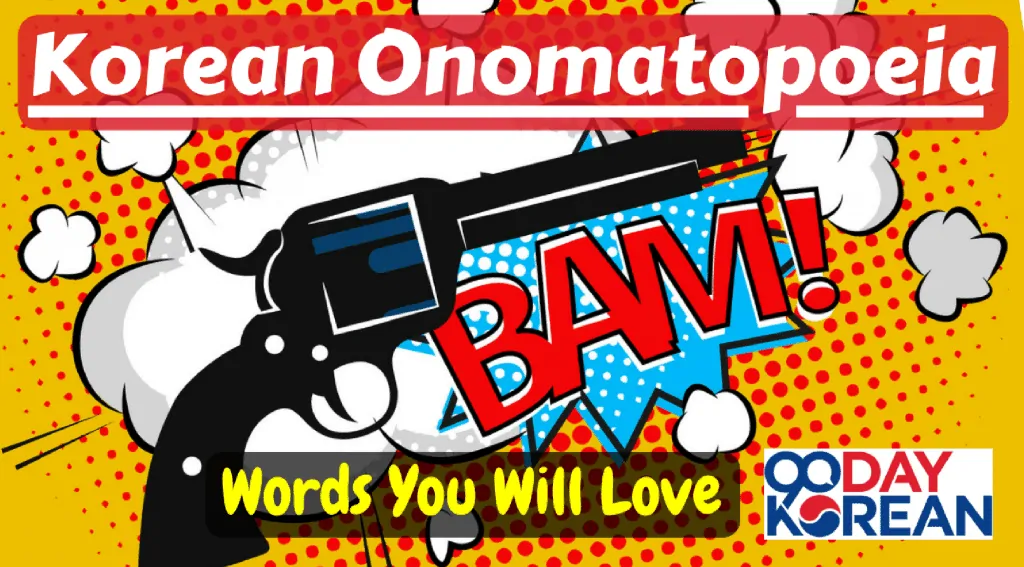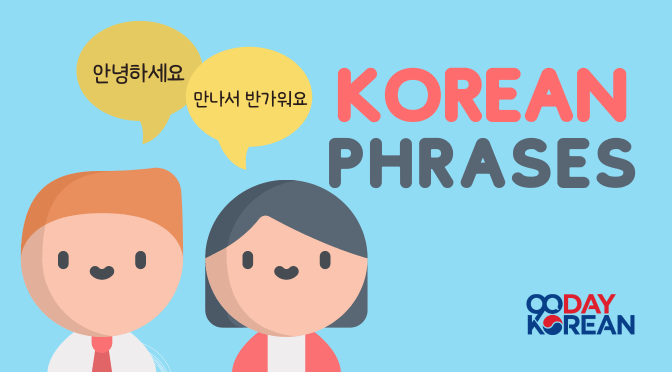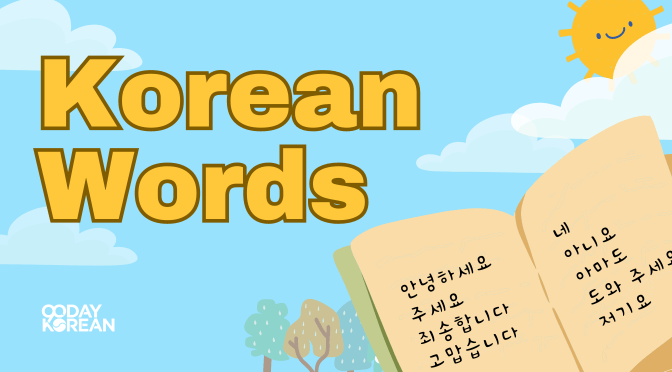Curious how a Hangeul chart can help you learn the basics of the Korean alphabet? This chart gives you a snapshot of all of the Hangeul (Korean alphabet) letters in one central place.
There are a few different Hangeul charts, and we cover them all below in this article.
We will show you Hangeul charts for the Korean consonants and vowels, as well as a combination of the two below. The charts have audio guides and Korean pronunciation tips to help you understand the basics of Hangeul. Let’s get to it!
Contents
Quick Summary
- ✅Hangeul charts serve as visual aids that show consonants, vowels, and their combinations.
- ✅Hangeul consists of 14 basic consonants and 10 vowels.
- ✅A syllable block consists of at least 1 consonant and 1 vowel.
Introduction to Hangeul
Hangeul (also romanized as Hangul) is the alphabet used in the Korean language. To form a Korean word, you have to put at least a consonant and a vowel together.
Consonants and Vowels
Hangeul is made up of consonants and vowels:
- Korean Consonants: These Korean characters start words. In English, these are sounds like “b” in “bed” or “s” in “seashell.” Hangeul has its own set of consonants, each with its unique shape and sound.
- Korean Vowels: Like the “a” in “apple” or the “o” in “orange,” vowels are the melodious parts of speech. Hangeul vowels have their special shapes and sounds.
Syllable Blocks
The unique feature of Hangeul is its square-shaped syllable blocks. Each block is like a cozy house where a consonant and a vowel come together to create a syllable. Sometimes, they even invite another consonant to the party.
Think of building a small Lego structure where:
- The first block is a consonant.
- The second block is a vowel.
- Sometimes, there’s a third block that is a consonant or two at the bottom.
This structure makes Korean easy to learn and use, as each syllable block represents a spoken syllable, neatly arranged to form Korean words.
Hangeul Chart for Consonants
Here is a chart for Hangeul consonants with an audio and pronunciation guide.
| Consonant | Audio | Romanization (initial/final) | Association |
|---|---|---|---|
| ㄴ | n | “g” as in “gun” | |
| ㄷ | d/t | ||
| ㄱ | g/k | “n” in “northeast” | |
| ㄲ | kk/k | “d” in “door” | |
| ㄸ | tt | ||
| ㄹ | r/l | “l” in “ladder” | |
| ㅁ | m | “m” in “mail” | |
| ㅂ | b/p | “b” in “bed” | |
| ㅃ | pp | ||
| ㅅ | s/t | “s” in “seashell” | |
| ㅆ | ss/t | ||
| ㅇ | -/ng | ||
| ㅈ | j/t | “j” in “jug” | |
| ㅉ | jj | ||
| ㅊ | ch/t | “ch” in “church” | |
| ㅋ | k | “k” in “key” | |
| ㅌ | t | “t” in “teeth” | |
| ㅍ | p | “p” in “pie” | |
| ㅎ | h/t | “h” in “hat” |
Associations for Korean Consonants
To remember each letter above, we recommend using associations.
Associations are useful methods to help you remember Korean letters or words by using an image or story that’s easier to remember.
Example: The ㅂ letter looks like a bed, and it sounds like “b.” You can use “bed” to help you remember ㅂ as b.
For a more in-depth lesson on consonants, you can read our article on Korean consonants.
Hangeul Chart for Vowels
Here is a chart for Hangeul (or Hangul) vowels with an audio and pronunciation guide.
| Vowel | Audio | Romanization | Association |
|---|---|---|---|
| ㅏ | a | “a” as in “father” | |
| ㅑ | ya | “ya” as in “yacht” | |
| ㅐ | ae | “ae” as in “egg” | |
| ㅒ | yae | “yae” as in “yes” | |
| ㅓ | eo | “eo” as in “umbrella” | |
| ㅔ | e | “e” as in “egg” | |
| ㅕ | yeo | “yeo” as in “yummy” | |
| ㅖ | ye | “ye” as in “yes” | |
| ㅗ | o | “o” as in “old” | |
| ㅘ | wa | “wa” as in “waffle” | |
| ㅙ | wae | “wae” as in “wedding” | |
| ㅚ | oe | “oe” as in “wedding” | |
| ㅛ | yo | “yo” as in “yogurt” | |
| ㅜ | u | “u” as in “new” | |
| ㅝ | wo | “wo” as in “won” | |
| ㅞ | we | “we” as in “wedding” | |
| ㅟ | wi | “wi” as in “week” | |
| ㅠ | yu | “yu” as in “unicorn” | |
| ㅡ | eu | “eu” as in “brook” | |
| ㅢ | ui | “ui” as in “gooey” | |
| ㅣ | i | “i” as in “tree” |
Associations for Basic Korean Vowels
Now, here are the associations for vowels. Let’s start with the basic ones first.
Example: The ㅗ letter looks like the base of a cane used by an old person. You can use “old” to help you remember ㅗ as o.
Associations for Korean Vowel Combinations
Next is the vowel combination associations. These are formed when you combine the two basic vowels below.
Example: ㅐ is a combination of ㅑ+ ㅣ. ㅑ sounds like “ya” from “yacht,” and ㅣsounds like the “ee” sound from “tree.” By combining them, you get ㅒ, which sounds like “ye” in “yes.”
Associations for Special Vowel Combinations
Lastly, these are the associations we use for special vowel combinations.
Example: ㅘ is a combination of ㅗ and ㅏ. ㅗ sounds like “o” from “old,” and ㅏ sounds like “a” from “iPad.” If you add them up, you’ll get the character ㅘ which sounds like “wa” in “waffle.”
We also have a separate article on Korean vowels here.
Hangeul Chart for Combining Consonants and Vowels
Once you know the consonants and vowels of Hangeul, practice combining them into syllable blocks. Here is a chart for combining consonants and vowels with an audio and pronunciation guide.
| Vowels/ Consonants | ㅏ (a) | ㅑ (ya) | ㅓ (eo) | ㅕ (yeo) | ㅗ (o) | ㅛ (yo) | ㅜ (u) | ㅠ (yu) | ㅡ (eu) | ㅣ (i) |
|---|---|---|---|---|---|---|---|---|---|---|
| ㄱ (g) | 가 (ga) | 갸 (gya) | 거 (geo) | 겨 (gyeo) | 고 (go) | 교 (gyo) | 구 (gu) | 규 (gyu) | 그 (geu) | 기 (gi) |
| ㄴ (n) | 나 (na) | 냐 (nya) | 너 (neo) | 녀 (nyeo) | 노 (no) | 뇨 (nyo) | 누 (nu) | 뉴 (nyu) | 느 (neu) | 니 (ni) |
| ㄷ (d) | 다 (da) | 댜 (dya) | 더 (deo) | 뎌 (dyeo) | 도 (do) | 됴 (dyo) | 두 (du) | 뒤 (dyu) | 듀 (deu) | 디 (di) |
| ㄹ (r/l) | 라 (ra) | 랴 (rya) | 레 (reo) | 례 (ryeo) | 로 (ro) | 료 (ryo) | 루 (ru) | 류 (ryu) | 르 (reu) | 리 (ri) |
| ㅁ (m) | 마 (ma) | 먀 (mya) | 메 (meo) | 몌 (myeo) | 모 (mo) | 묘 (myo) | 무 (mu) | 뮤 (myu) | 므 (meu) | 미 (mi) |
| ㅂ (b) | 바 (ba) | 뱌 (bya) | 버 (beo) | 벼 (byeo) | 보 (bo) | 뵤 (byo) | 부 (bu) | 뷰 (byu) | 브 (beu) | 비 (bi) |
| ㅅ (s) | 사 (sa) | 샤 (sya) | 서 (seo) | 셔 (syeo) | 소 (so) | 쇼 (syo) | 수 (su) | 슈 (syu) | 스 (seu) | 시 (si) |
| ㅇ (silent/ ng) | 아 (a) | 야 (ya) | 어 (eo) | 여 (yeo) | 오 (o) | 요 (yo) | 우 (u) | 유 (yu) | 으 (eu) | 이 (i) |
| ㅈ (j) | 자 (ja) | 쟈 (jya) | 저 (jeo) | 져 (jyeo) | 조 (jo) | 죠 (jyo) | 주 (ju) | 쥬 (jyu) | 즈 (jeu) | 지 (ji) |
| ㅊ (ch) | 차 (cha) | 챠 (chya) | 처 (cheo) | 쳐 (chyeo) | 초 (cho) | 쵸 (chyo) | 추 (chu) | 츄 (chyu) | 츠 (cheu) | 치 (chi) |
| ㅋ (k) | 카 (ka) | 캬 (kya) | 커 (keo) | 켜 (kyeo) | 코 (ko) | 쿄 (kyo) | 쿠 (ku) | 큐 (kyu) | 크 (keu) | 키 (ki) |
| ㅌ (t) | 타 (ta) | 탸 (tya) | 터 (teo) | 텨 (tyeo) | 토 (to) | 툐 (tyo) | 투 (tu) | 튜 (tyu) | 트 (teu) | 티 (ti) |
| ㅍ (p) | 파 (pa) | 퍄 (pya) | 퍼 (peo) | 펴 (pyeo) | 포 (po) | 표 (pyo) | 푸 (pu) | 퓨 (pyu) | 프 (peu) | 피 (pi) |
| ㅎ (h) | 하 (ha) | 햐 (hya) | 허 (heo) | 혀 (hyeo) | 호 (ho) | 효 (hyo) | 후 (hu) | 휴 (hyu) | 흐 (heu) | 히 (hi) |
| ㄲ (kk) | 까 (kka) | 꺄 (kkya) | 꺼 (kkeo) | 껴 (kkyeo) | 꼬 (kko) | 꾜 (kkyo) | 꾸 (kku) | 꿔 (kkyu) | 끄 (kkeu) | 끼 (kki) |
| ㄸ (tt) | 따 (tta) | 땨 (ttya) | 떠 (tteo) | 뗴 (ttyeo) | 또 (tto) | 뚀 (ttyo) | 뚜 (ttu) | 뜌 (ttyu) | 뜨 (tteu) | 띠 (tti) |
| ㅃ (pp) | 빠 (ppa) | 뺴 (ppya) | 뻐 (ppeo) | 뼈 (ppyeo) | 뽀 (ppo) | 뾰 (ppyo) | 뿌 (ppu) | 쀼 (ppyu) | 쁘 (ppeu) | 삐 (ppi) |
| ㅆ (ss) | 싸 (ssa) | 쌰 (ssya) | 써 (sseo) | 쎠 (ssyeo) | 쏘 (sso) | 쑈 (ssyo) | 쑤 (ssu) | 쓔 (ssyu) | 쓰 (sseu) | 씨 (ssi) |
| ㅉ (jj) | 짜 (jja) | 쨔 (jjya) | 쩌 (jjeo) | 쪄 (jjyeo) | 쪼 (jjo) | 쬬 (jjyo) | 쭈 (jju) | 쮸 (jjyu) | 쯔 (jjeu) | 찌 (jji) |
What to learn next after the Hangeul Chart
After mastering the basics presented in the Hangeul chart, consider expanding your Korean language skills by exploring these additional resources:
- Korean Alphabet – Go deeper into Hangeul by knowing more about the Korean letters and the associations to use to remember them.
- Korean Words – Learn key vocabulary words that are frequently used in daily conversations.
- Korean Phrases – Equip yourself with practical phrases used in everyday Korean conversation.
Frequently Asked Questions (FAQs)
Here are some of the common questions asked related to Hangeul charts.
What are the 24 letters in Korean?
The Korean alphabet has 14 basic consonants and 10 basic vowels. However, it does not have letters in the same sense as the Latin alphabet. Instead, it has characters that represent sounds.
What is A to Z in Korean?
Hangeul does not directly correspond to the Latin alphabet, but each sound in the Korean phonetic system can be represented by a Hangeul (or Hangul) character. You can learn more about them in this guide about Korean alphabet A to Z.
What is the Korean Hangeul format?
Hangeul characters are combined into syllable blocks. Each block usually consists of at least one consonant and one vowel. Blocks can have up to three parts: an initial consonant, a medial vowel, and a final consonant.
How many Hangul are there in total?
There are 24 basic Hangeul (or Hangul) characters (14 consonants and 10 vowels). However, when compound consonants and vowels are included, the total number of Korean syllable blocks that can be formed is in the thousands.
Conclusion
In conclusion, the Hangeul charts are a clear and effective method to master the Hangeul alphabet. Get to know the Korean alphabet letters, listen to the sounds, and practice forming Korean syllables to enhance your language skills.
Remember, romanizations only serve as a guide as you transition from the English alphabet to the Korean alphabet. But as you progress, we recommend pairing up Hangeul and associations and not using the romanization anymore.
Which association do you like best? Let us know in the comments below! ^^

